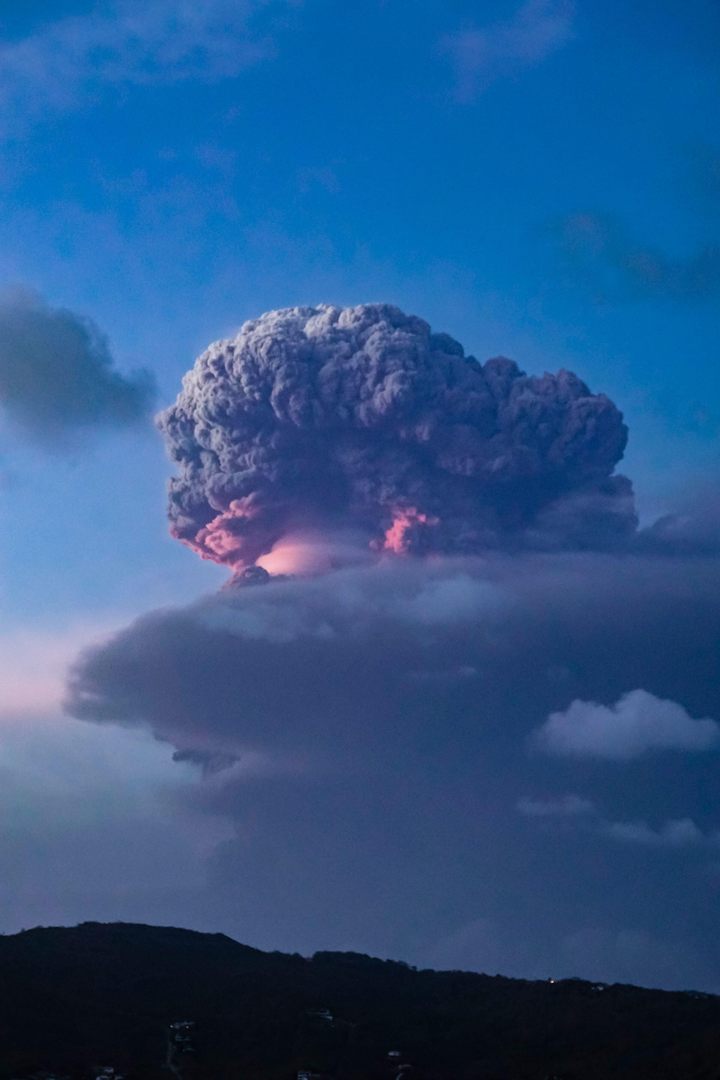
Trying to Understand a Volcano’s Jekyll-and-Hyde Eruptions
Volcanologists are doing detective work to understand what makes St. Vincent’s La Soufrière go off.
La Soufrière, the skyscraping volcano on the northern side of the Caribbean island of St. Vincent, began exploding on April 9, 2021. At press time, no deaths had been recorded, but ash has smothered the entire island, causing power cuts, polluting waterways, and burying crops.
The volcano upped the ante that day, but the eruption itself actually began way back in mid-to-late December, when a toothpaste tube–like mass of lava started oozing out of the volcano’s summit. It built up over the next few months, first as a dome, then as an elongated lava coulee, a slug-like mass about 3,000 feet long. At least in terms of the danger it presented, it was a little like the relatively approachable eruption on Iceland’s Reykjanes Peninsula, but something changed on April 9, requiring the northeast and northwest parts of the island to be evacuated.
“This eruption switched from being a pretty benign, passive extrusion of a lava dome to an explosive eruption within a week or so,” says Paul Cole, a volcanologist at the University of Plymouth. The question, of course, is why?
Volcanologists are on the case. By gathering samples of both the lava dome and the debris that had rained down more recently, they aim to find out what caused such a dramatic switch from relative tranquility to catastrophic terror. If this process is better understood, perhaps a switch toward explosivity in this volcano and others in the region can be detected further in advance, potentially saving thousands of lives.
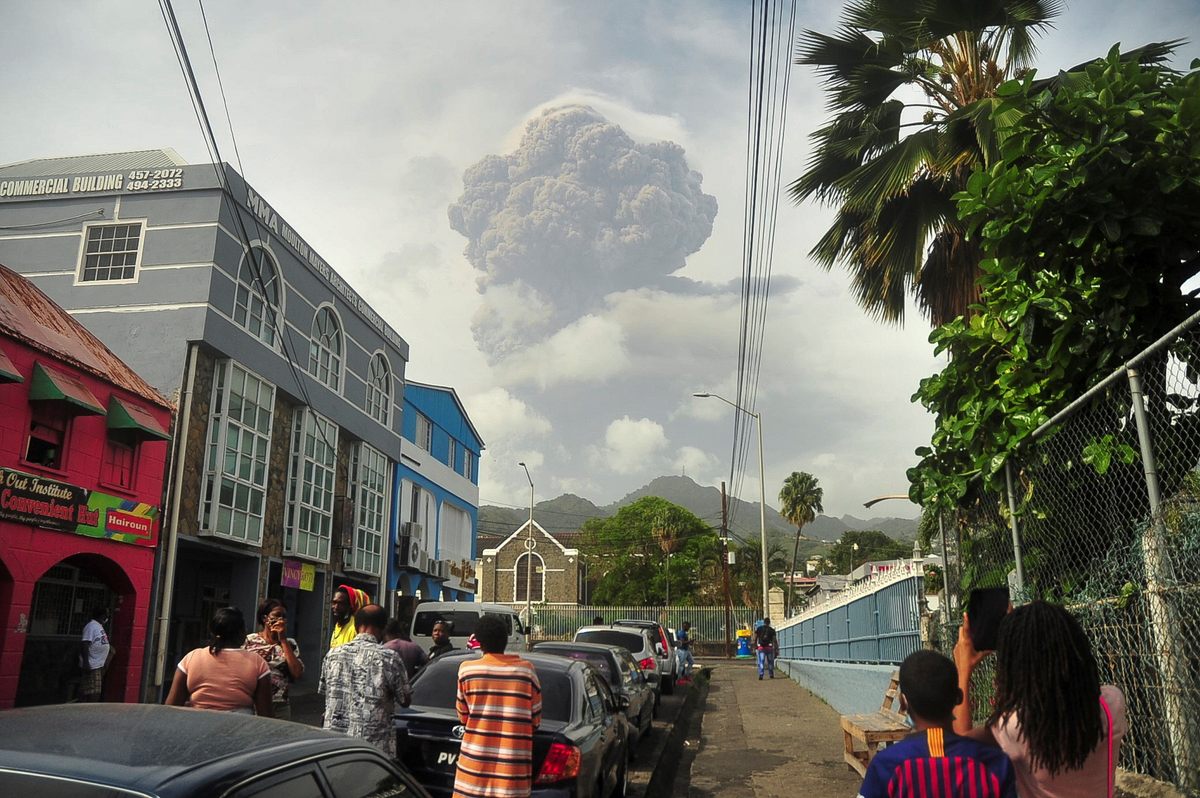
“Why is the hazard changing, and how is it going to change?” asks Bridie Verity Davies, a doctoral student studying volcanology at the University of East Anglia. “At the end of the day, that’s the information that the people on the ground are going to really need.”
Volcanoes don’t stick to one style of eruption exclusively, though many are known for erupting in a certain manner. Hawaiʻi’s Kīlauea volcano, for instance, usually pushes runny lava into its summit’s pit crater and out of its flanks. On occasion, though, when rocks get stuck in its magmatic plumbing, or when the magma meets groundwater, it can produce explosions.
The volcanoes of the eastern Caribbean, however, are known for being a bit Jekyll-and-Hyde: They can quickly and dangerously shift from calm, burbling eruptions to remarkably violent outbursts. This is a consequence of the sort of boom-prone magma that’s made when one tectonic plate dives beneath the other, says Jenni Barclay, another volcanologist at the University of East Anglia.
The Soufrière Hills volcano on the island of Monserrat has made lava domes before snapping and letting off a series of explosions. This happened most infamously in 1995, when that switch destroyed the capital city of Plymouth. Martinique’s Mount Pelée, too, goes back and forth between effusive and explosive. It made lava domes on either side of the catastrophic May 8, 1902, eruption that annihilated the city of St. Pierre, killing 30,000 in a heartbeat.
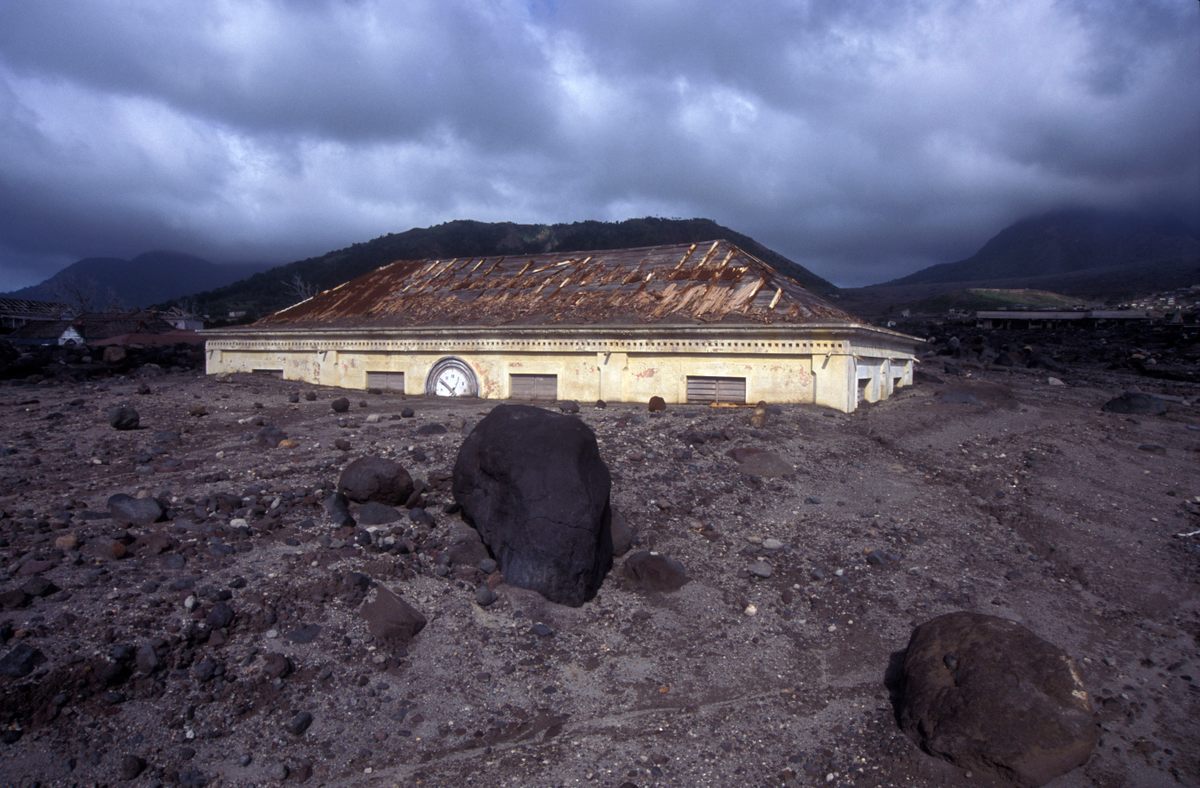
St. Vincent’s La Soufrière has handily demonstrated that it’s perfectly capable of the same quick change. Wanting to know why, scientists got to work the moment the dome was spotted.
TiVonne Howe, a doctoral student studying volcanology at Lancaster University who is currently on St. Vincent, explains that samples were gathered from the dome as early as January. These rocks are being examined by scientists both in the region—including those at the University of the West Indies Seismic Research Centre—and farther afield.
Davies was watching the new lava dome grow remotely from England and quickly got involved in a project to sample its rocks and pick them apart. Just as work got going, the volcano’s summit blew itself apart, taking out not just the new dome but one that had appeared in 1979 and hung about ever since. “It’s kind of surreal that the rocks that I’ve now got in my hands don’t exist,” says Davies—vital evidence, obtained in the nick of time.
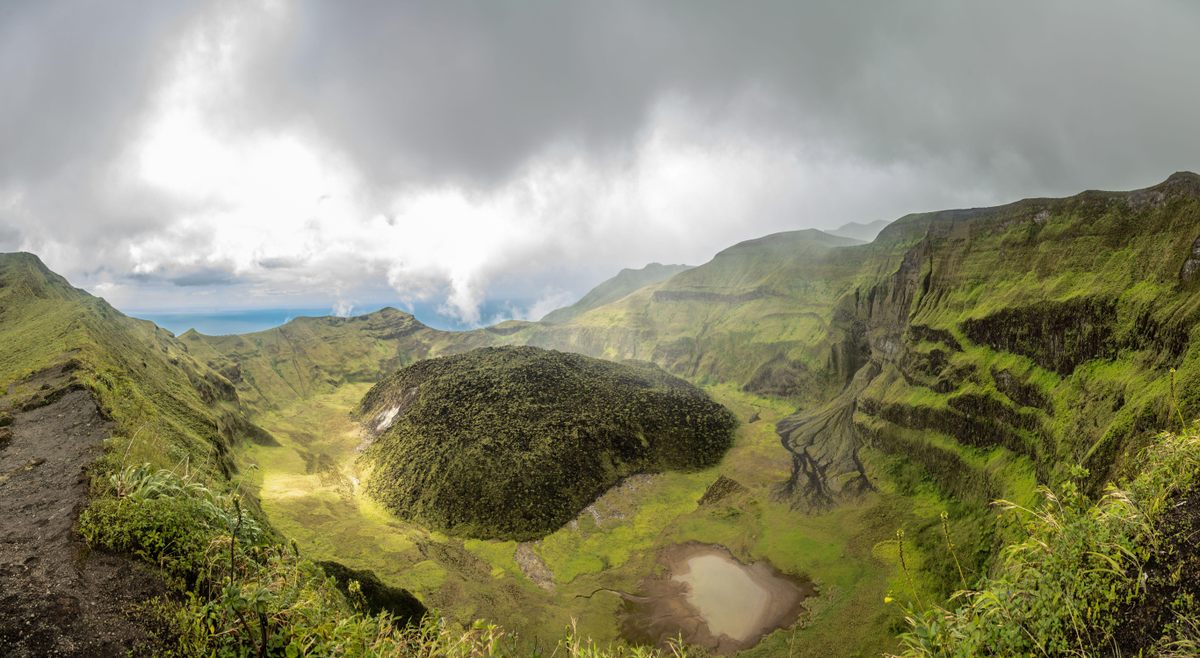
Ash, along with larger clumps of freshly cooled lava jettisoned by the volcano’s explosions, have also been gathered, and are ready to be sent to volcanologists all over the world. There is, sadly, plenty to go around. “The sheer volume of ash that’s been erupted is absolutely immense,” says Davies. “Even after the eruption subsides, it’s going to have impacts for a long time.”
Scientists are going to compare and contrast the two types of pyroclastic paraphernalia, hoping to find out what makes La Soufrière turn into a raging beast. What clues are they looking for?
Why volcanoes explode is broadly understood. Depending on the chemistry of the magma, it can be runny and honeylike or more custardy. Magmas with more silica in them are thicker and gloopier. Magmas also contain gases that turn into bubbles when that molten rock rises and begins to decompress. The gas bubbles have difficulty escaping gloopier magma as it ascends, so when they finally push through to the low-pressure surface, they might expand dramatically, blasting magma into smithereens.

The composition of the magma is a key feature that scientists will be examining, but at the moment, it’s not certain if the magma that made the dome and the magma that exploded were different in some way. Cole speculates that they were broadly the same sort of magma, a fairly gloopy flavor known as basaltic andesite.
If the composition didn’t drastically change, then it’s likely that the explosive magma had a lot more gas. Vesicles, hardened rocky cavities that once held bubbles, will reveal just how gassy the new magma was compared to the dome-forming stuff.
How quickly the magma rose also plays a role, says Davies. Fast-moving magma doesn’t give trapped gas much of a chance to escape, which makes blasts more probable. But if the magma moves slowly, bubbles can grow, bunch together and slip away peacefully like the effervescence in your soda water.
The ascent of the magma, as well as how quickly it cooled and how its composition varied over time, can be determined by looking at the rock’s crystals, shiny flecks of matter that emerge from cooling magma. “They’ve got a record of the conditions they’ve seen as they’ve moved through the volcanic system,” says Barclay. These infernal documentarians chronicle a journey in a language that certain geologists understand.
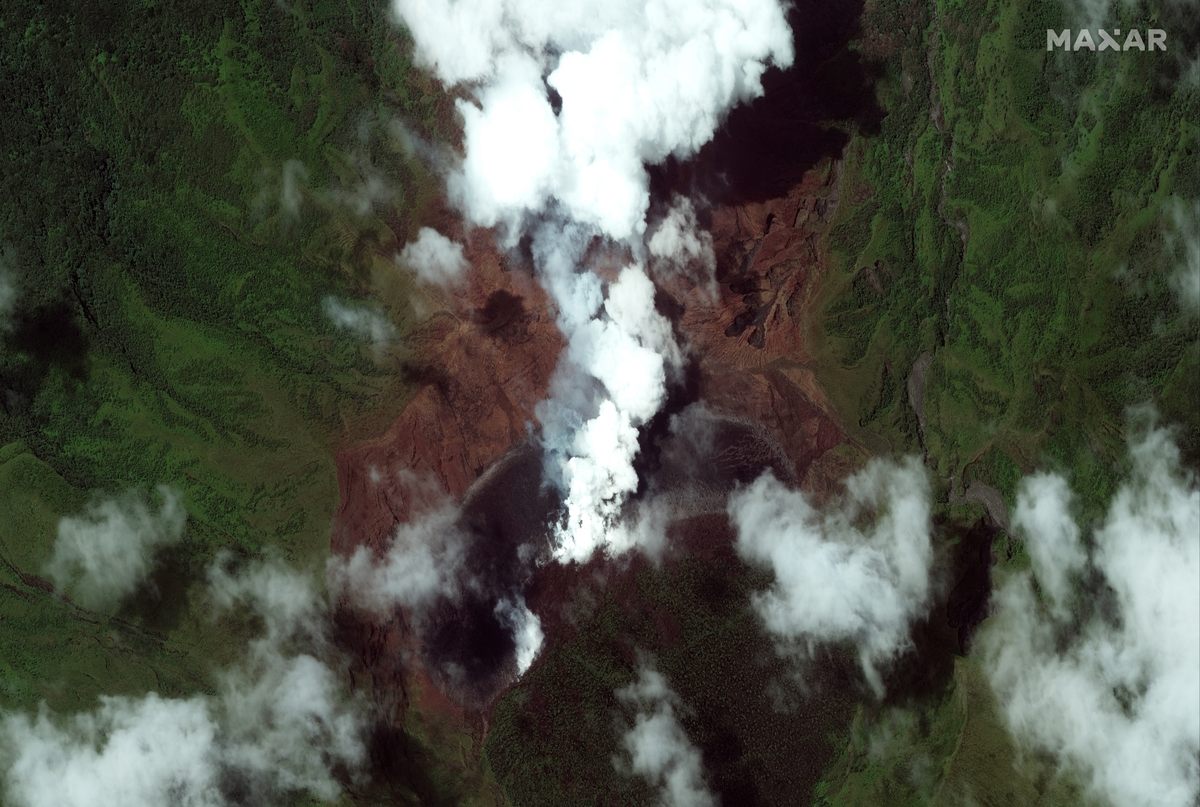
Those crystals have strange effects on the magma’s gas too. “If you’ve got a melt that’s really crystal-rich, those crystals can lock up the magma,” says Davies. “They all kind of interlock a bit like a jigsaw. They hold things together, give it more structure.” This can trap more gas, priming the magma to blow. But sometimes they can also form tunnels that permit gas to escape on the sly, easing the magma’s explosive potential.
The detective work on these samples is only just beginning, so nothing is known for certain right now. But very preliminary work suggests that the switch from a harmless eruption into a savage one was marked by old magma being cast aside for a newer model.
The lava dome that began growing in December may have been the leftovers from the 1979 eruption, stuff that got stuck in the volcano’s rocky throat. That hellish phlegm sat there for decades, gradually losing any gas it had. Then, late last year, new magma from below rose to meet it. This batch of gas-rich molten rock heated up the stagnant stuff above, pushing it to slowly erupt and make a lava dome. The gas seen occasionally venting through the dome was escaping from the new batch.
In the days just prior to the onset of the explosions, the dome began to grow rapidly belching out gas more enthusiastically. As revealed by a series of quakes that are often associated with moving magma, this coincided with the arrival of that new batch of magma into the shallow crust, which quickly forced out the rest of the older magma as it rose.
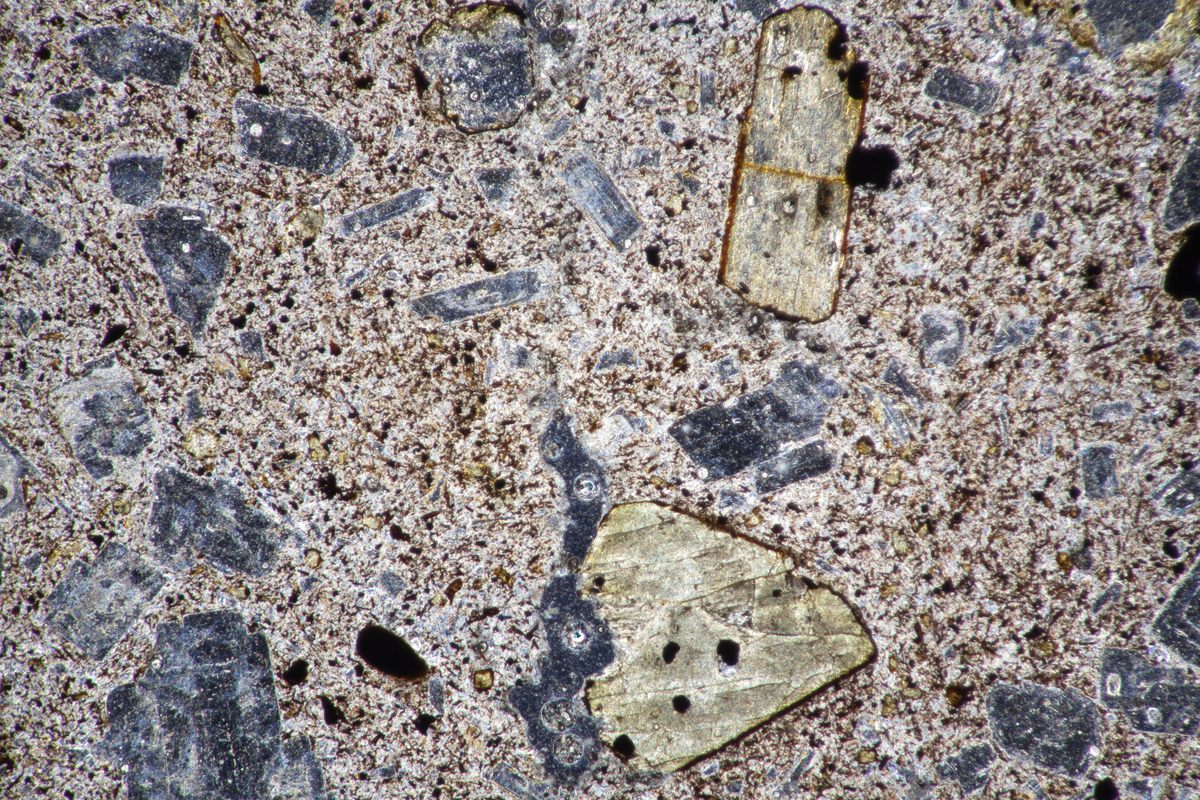
Perhaps the new magma rose especially quickly, or its newly formed crystals stopped its gas escaping. Maybe the lava dome above acted as a plug, preventing the new magma from gushing out sooner. It may have been a combination of things. Either way, the result was clear to see on April 9, when a series of explosions shook the summit, creating “a huge great hole in the ground,” says Cole.
Conducting the geologic equivalent of a crime scene investigation while the eruption is still happening is a surreal experience. Howe spends her days watching ash fill the sky, taking photographs and videos of the maelstrom, and rushing into the field to collect samples of fresh volcanic matter. “It’s a bit up and down,” she says. “You go from majestic eruption columns to darkening skies and falling ash. The house you live in, the restaurant you have lunch at, the people you see often now being forced from their homes and being displaced. Everything changes.”
Davies had never worked on rocks taken from an active eruption before. “The importance that the work has feels heightened,” she says. “There feels like there’s a bit more pressure to do things the right way and be useful.”
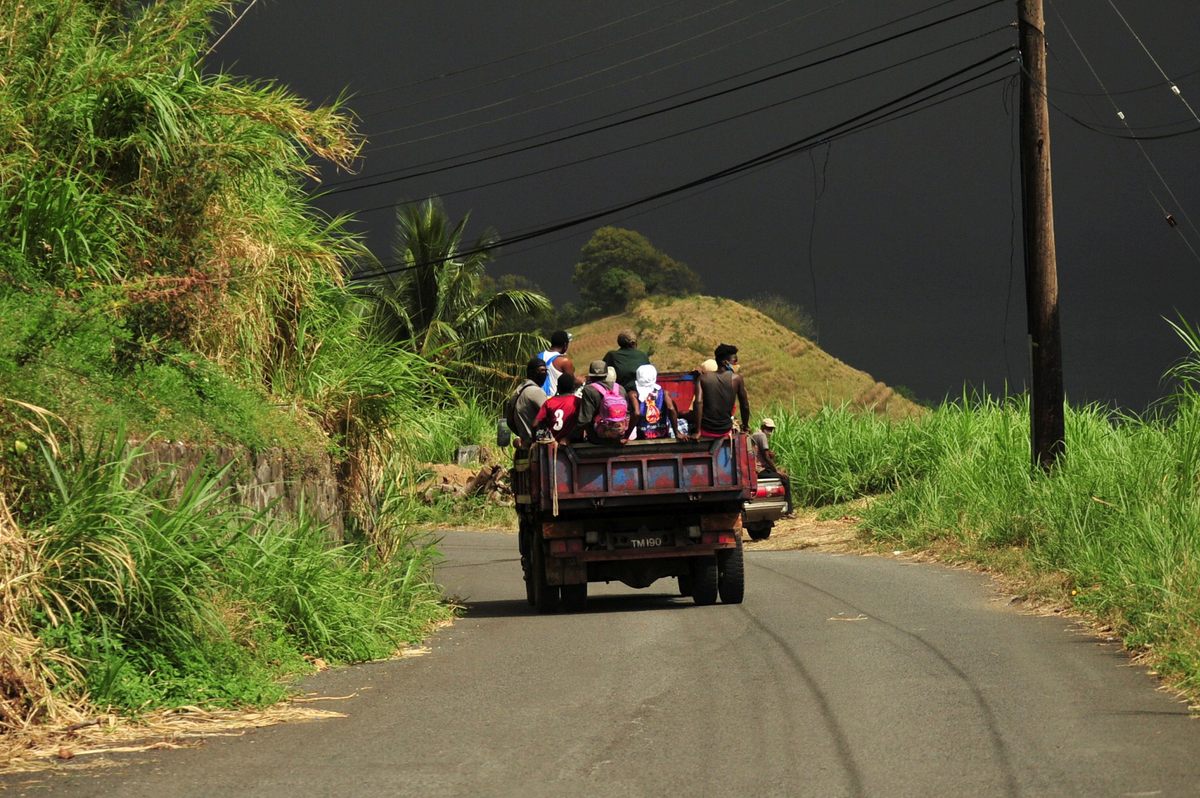
The volcano’s rampant degassing, accelerated lava dome growth, and telltale seismic shaking alerted scientists ahead of time that something was about to happen. The authorities were sufficiently spooked, and had decided to give the order to evacuate the day before the blasts began. At least 20,000 people living in the volcano’s shadow fled to safety.
Scientists hope that this forensic examination could allow them to provide weeks, maybe months, of warning instead of days. When the next lava dome emerges, they could examine the type of magma building it, compare it with the magma that was involved in today’s eruption, and look for hints that indicate whether a potentially devastating explosion is on its way. “That’s the ultimate goal of this work,” says Cole.
But volcanologists know that no two eruptions are alike, and that volcanoes always have the capacity to surprise. “Things don’t always go the way you expect,” says Davies. No one should expect crystal-clear visions of the future from this work, but even a fuzzy window into the coming days is better than none at all.


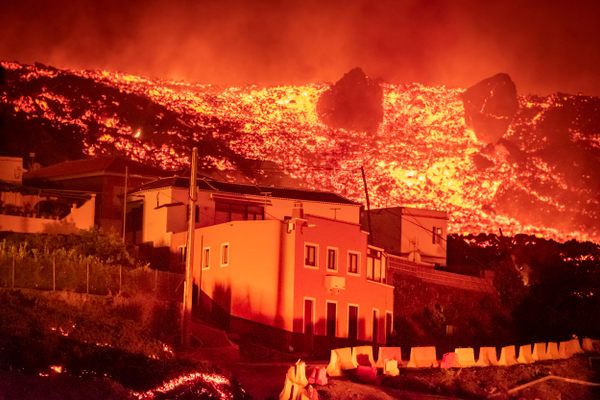
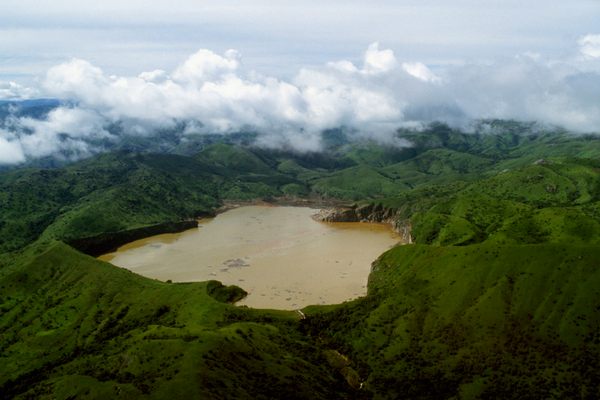




















Follow us on Twitter to get the latest on the world's hidden wonders.
Like us on Facebook to get the latest on the world's hidden wonders.
Follow us on Twitter Like us on Facebook